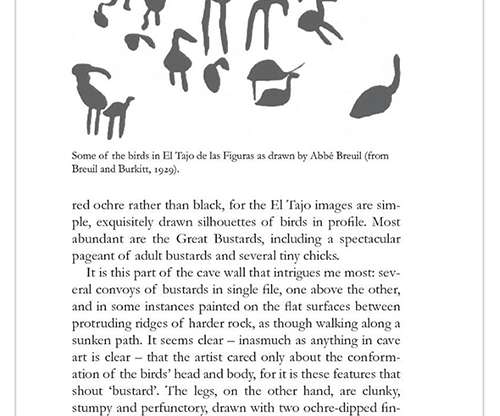Birds and Us: A 12,000 Year History from Cave Art to Conservation–A Book Review
10,000 Birds
SEPTEMBER 6, 2022
Egyptian tomb painting depicting duck hunting in the marshes, from the eBook version of Birds and Us, © 2022, Tim Birkhead and Princeton University Press. There’s an intimacy to these stories, the memories connected to the telling of the histories, that’s appealing and a bit surprising.












Let's personalize your content